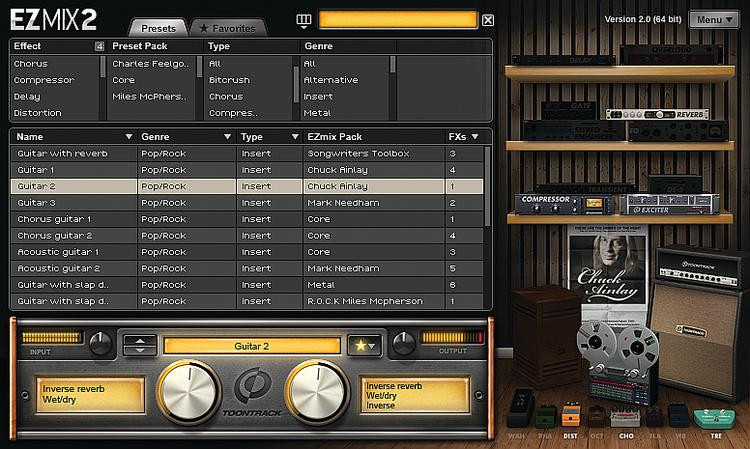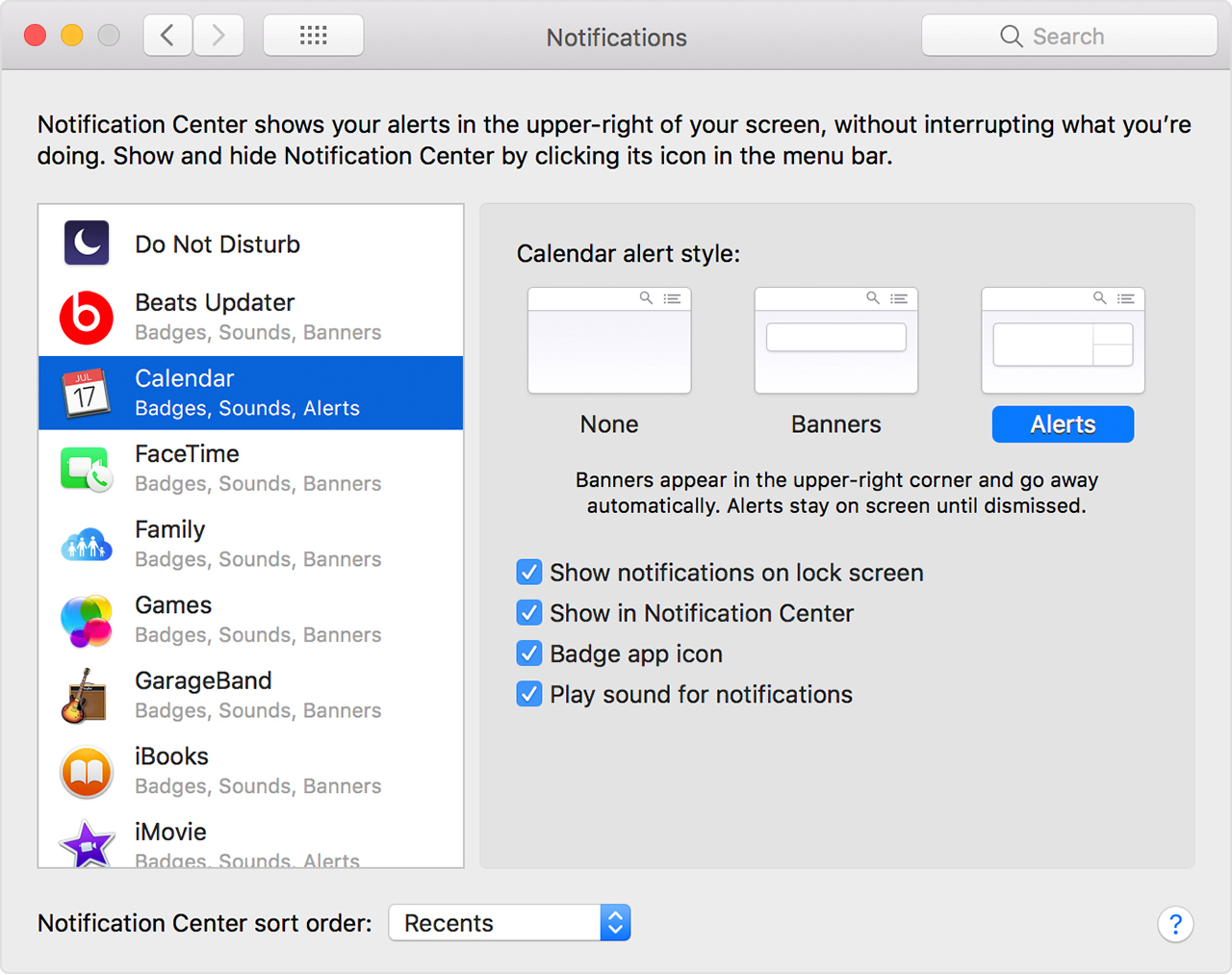

- #Mac enable sound for calendar notification mac os x
- #Mac enable sound for calendar notification plus
- #Mac enable sound for calendar notification mac
Select the Front app, and check/uncheck Play sound for notifications. Open System Preferences and select Notifications.

Instructions differ if you are using the Front desktop app on Mac or PC, or if you are using a web-based version of Front. Find Notification Center in there and double click to launch it again.Sound notifications for Front can be turned on/off in your computer settings. On my Macbook Air, running 10.8.3, I didn’t need to re-launch Notification center, but if you do, get into your System folder, then open the Library folder, then open the CoreServices folder (or hit Command-Shift-G and type in /System/Library/CoreServices/ to get there super fast). Launchctl load -w /System/Library/LaunchAgents/ To put it back together, open Terminal app one more time, and type or paste the following: Go ahead and quit Terminal app, and the Notification Center icon should be gone from the menu bar. You may or may not need type or paste the following to kill and restart the Notification Center process: This will get rid of Notification Center only for you as the current user it does not need admin access. Launchctl unload -w /System/Library/LaunchAgents/ Once it’s open and ready, type or paste in the following command (be sure to copy the whole command, from launchctl to. Launch Terminal from the Utilities folder, which is in the Applications folder. While I think I’m finally coming to terms with Notification Center, and it’s becoming a normal part of my daily work routine, there are some folks out there who may not like it at all.įor those people, here’s a pretty simple way to get rid of the Notification Center from your Mac, menu bar icon and all.
#Mac enable sound for calendar notification mac
Via: TUAW Dump Notification Center Entirely From Your Mac If you really want the Basso sound back, simply do these steps again but in reverse, moving the original Basso sound back into the ~/Library/Sounds folder. To test your new sound, create a Reminder for a couple minutes out, and see if the notification sound is less farty. Open Terminal and type or paste the following command, which will find the Notification Center process: Best way to do that is to remove the original Basso.aiff file first, and then replace with the new sound, if it’s already in there. Export the file with the name Basso.aiff and put it into the ~/Library/Sounds folder.

Create or steal your own short sound and make an AIFF out of it, using GarageBand, Audacity, Quicktime, or any number of Mac apps that can import and export audio. This isn’t the one in the main system folder, but the one in the Home folder. Head into your home folder to open the Library folder, then open Sounds ( ~/Library/Sounds). Why an operating system that’s had the ability to switch alert sounds since at least OS 7 doesn’t have that option here is beyond me, but luckily there’s a way to change it. It kind of sounds like a digital fart, to be honest. The default Notification Center sound, Basso, is not one that makes anyone super happy.
#Mac enable sound for calendar notification mac os x
Via: Mac OS X Tips Change Up The Default Basso Notification Sound A Click to Post will appear at the top of Notification Center, ready to go.
#Mac enable sound for calendar notification plus
Click the plus button, click on Facebook, then enter your login info. There’ll need to be at least one notification in there to see the Click to Tweet button, however, so don’t be alarmed if you don’t see it right away.ĭo the same thing for Facebook, if you want to post to the ubiquitous social network right from your Mac. A Click to Tweet button should show up there, so you can send a quick tweet without having to launch a browser or use a specific app to do so. Now drop into your Notification Center, either by clicking on the little icon in the upper right corner of your screen, or using a hot key shortcut. Click on the plus button in the lower left, and then the Twitter logo in the list to the right and enter your Twitter credentials, including your username for the service and your Twitter password. If you’re not a Safari user, or would rather not use it to log in to Twitter, simple head into your System Preferences, click on Mail, Contacts & Calendars and go to that preference pane. If you use Safari and Mountain Lion, you’ll get asked if you want to allow other applications on your Mac to use your Twitter account, at least the first time you visit.


 0 kommentar(er)
0 kommentar(er)
